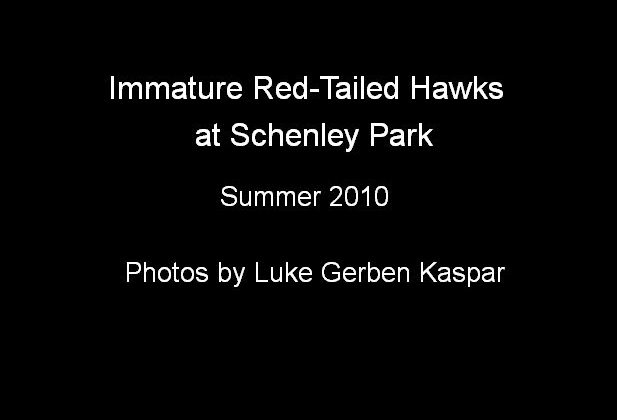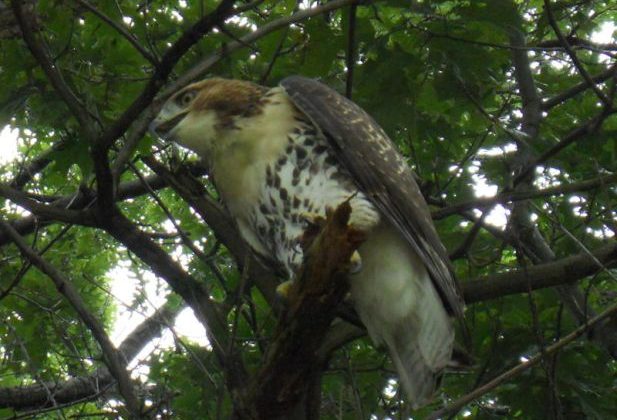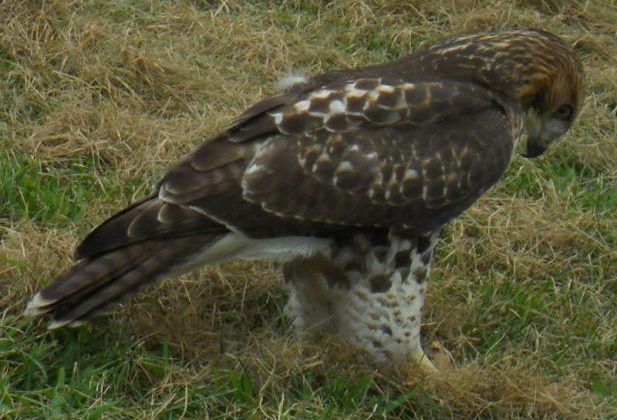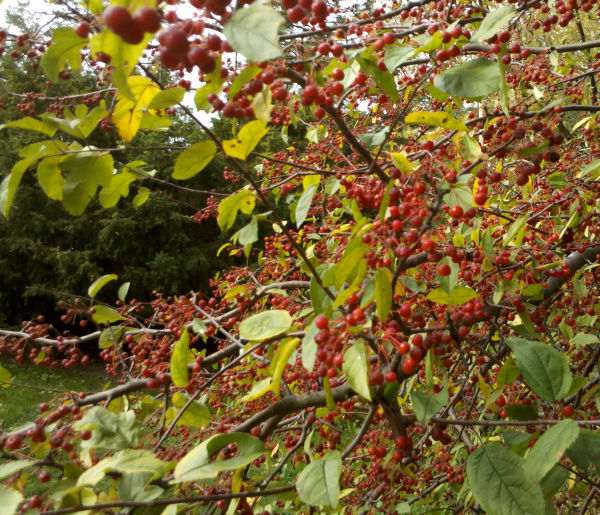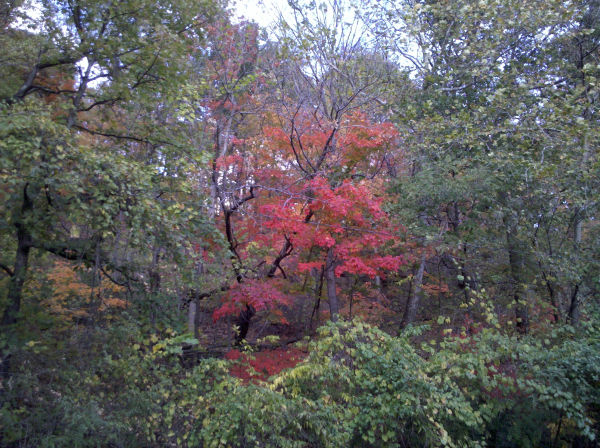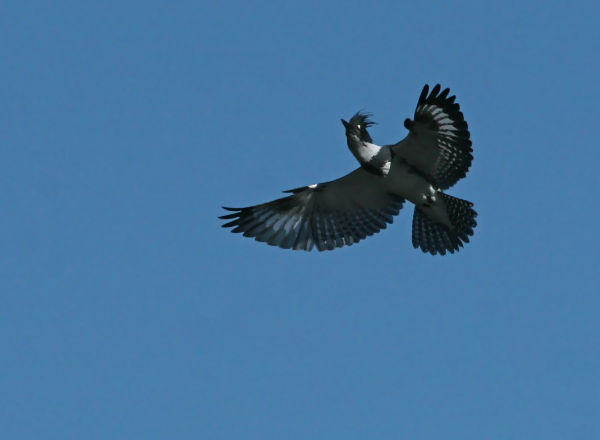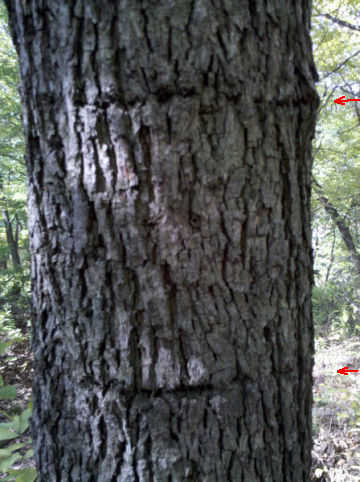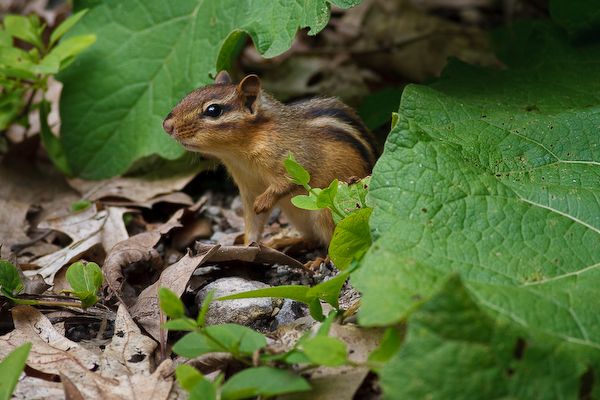
If you don’t read PABIRDS (an email list of nearly 1,000 birders in Pennsylvania), you probably missed today’s report by Ryan Ford, a member of the University of Pittsburgh’s Birding and Ornithological Club.
Subject: Pitt Campus Merlin
From: Ryan Ford <RMF42 AT PITT.EDU>
Date: Tue, 7 Dec 2010 16:05:38 -0500
As I was walking to my afternoon class I heard several chickadees giving
alert calls between the Cathedral of Learning and Schenley Plaza on the
University of Pittsburgh campus.
An adult MERLIN then shot past just 10ft above my head with one of the
local Peregrine Falcons chasing after it. The two birds proceeded to play
cat and mouse over Schenley Plaza (almost hitting Posvar Hall) before the
Merlin managed to shake the Peregrine falcon loose. The Peregrine
proceeded to soar and watch from overhead as I watched the Merlin chase a
chickadee over the plaza. It eventually left the area unsuccessful after
the Peregrine began to descend again from its lofty position.
Definitely an exciting day in Oakland!
Our club President, Connor Higgins, arrived a minute too late (he's quite
sour about that)after I alerted him about the chase.
Cheers,
Ryan Ford
University of Pittsburgh
Birding and Ornithology Club
.
Doesn’t the merlin resemble a peregrine! No wonder E2 had his dander up!
Also, at lunchtime today Karen Lang and I saw an adult red-tailed hawk eating a pigeon on the lawn by Heinz Chapel while one of the peregrines watched from above.
And… Dan Yagusic saw a peregrine falcon at the 62nd Street Bridge around noontime.
AND… a very rare falcon visited Pennsylvania yesterday: A white-morph gyrfalcon flew by Waggoner’s Gap Hawk Watch, north of Carlisle!
Update on Wed 12/8/10: Tony Bledsoe saw the merlin fly by Langley Hall at 11:30am.
(photo by Debbie Bozkurt linked from www.thewesternisles.co.uk. Click on the photo to see the original.)
